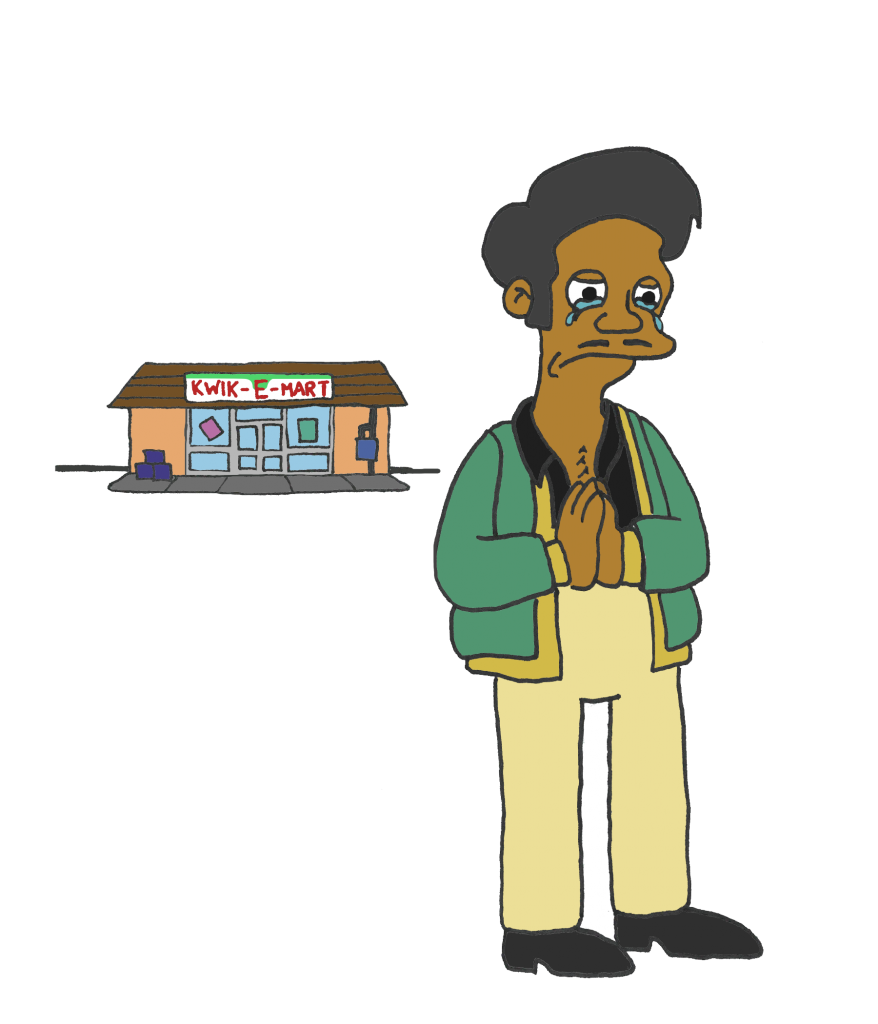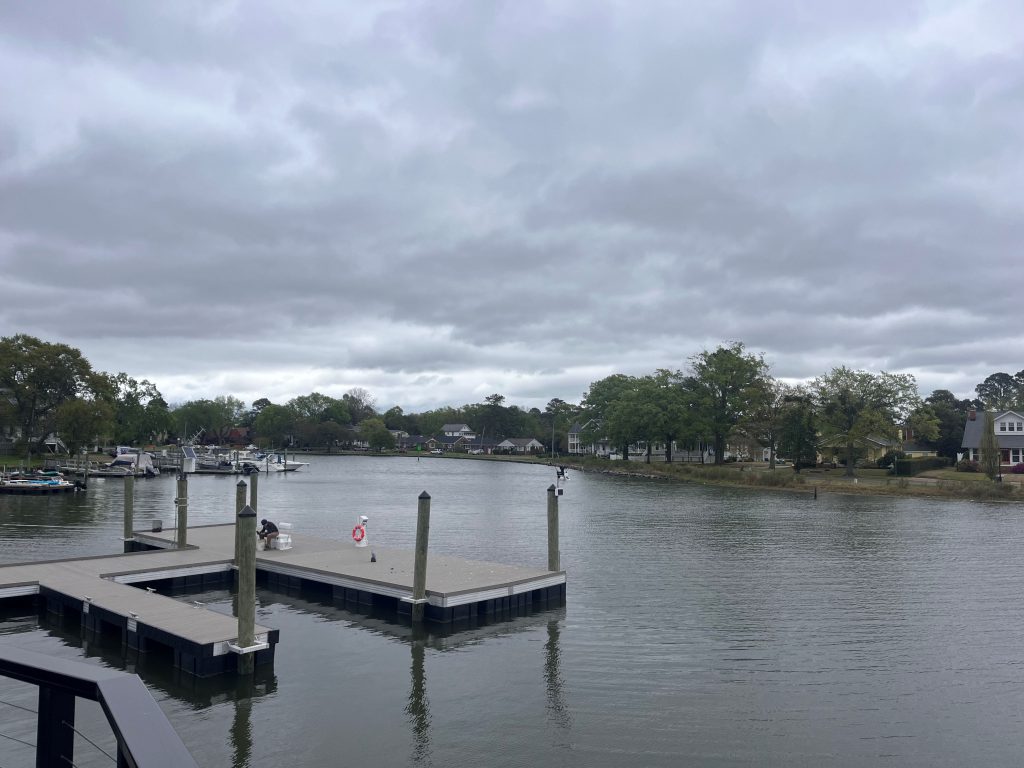By Neil Calloway
Better Call Saul is a “Breaking Bad” prequel about the life of lawyer Saul Goodman and how he ended in Albuquerque
“Breaking Bad” is the best television series of all time.
No, really… like, objectively. Look in the Guinness Book of World Records under “highest rated TV series.” It’s there.
“I thought it was pretty sweet,” senior Zack Tiblin, opined, “a lot better than I expected it to be.”
It goes without saying, every discerning TV viewer was psyched to hear that Vince Gilligan was producing “Better Call Saul,” a prequel to “Breaking Bad.” The title revealed the prequel’s protagonist: Saul Goodman (performed by the inimitable Bob Odenkirk), who played an integral role in the plot of Breaking Bad as Walter and Jessie’s “criminal” lawyer.
Prior to the first few episodes airing, speculation as to whether Gilligan’s prequel series would live up to the legacy of “Breaking Bad” arose among critics. Fair enough, doing so would certainly be a monumental undertaking. But “Breaking Bad” fans were confident that it would; Vince Gilligan proved himself to be the preeminent director, writer, and storyteller of this decade with “Breaking Bad.”
“I prefer binge-watching,” admits junior James Maloney, “that’s how I watched ‘Breaking Bad,’ so I’m just going to wait for it to be released on Netflix or Hulu.”
“Better Call Saul” did start slowly, with the first two dialogue rich episodes focusing on establishing characters and context. But these episodes were chock full of allusions to “Breaking Bad,” which worked to reward the viewer.
The most glaring allusions lie in the first episode’s opening scene, the only scene in “Better Call Saul” that takes place after the events of “Breaking Bad,” in which a downtrodden Saul depressingly operates a Cinnabon in Nebraska. “Breaking Bad” fans will remember Saul’s final line of the series, “If I’m lucky, a month from now, best case scenario, I’m managing a Cinnabon in Omaha.”
The bleak mood is established in an instant by virtue of the scene’s cinematic design; it’s shot, sans a single line of dialogue, in a black and white style reminiscent of “Shindler’s List.” Which, given Saul is hiding from people who want to kill him, suggests a bold attempt to analogize the Omahan Cinnabon with the attic of the Anne Frank House.
The more interesting allusion in the opening scene, however, is Saul’s appearance; his thick, bushy moustache coupled with a pair of wide lensed wire frame glasses makes him look identically pathetic to Walter White from Season 1 of “Breaking Bad.” And indeed, Gilligan puts an impressive level of thought into his characters’ appearances — the slow physical transformation of Walter White throughout “Breaking Bad” is part of what makes it such a visually striking show.
The first two episodes reintroduce Mike Ehrmantraut, arguably the most interesting character from that series. An ex-cop who worked with Walter and Jessie to build their meth empire in “Breaking Bad,” it’s impactful to see him working as a lowly parking lot attendant, given he was the most feared and intelligent character throughout most of “Breaking Bad.”
It’s also hilarious to watch as Mike revels in giving Saul a hard time when he lacks the required funds to exit the parking garage, especially given the viewer’s knowledge of the integral role they’re destined to play in each other’s lives. No doubt Gilligan will explore Mike’s past and the circumstances that led him from cop to criminal.
Episode 2 ended with a promise of impending violence when, attempting to find a couple boneheaded clients of his, Saul knocks on the door of a innocent looking suburban home only to have Tuco, whom viewers will remember from “Breaking Bad” as a hotheaded meth dealer, pop his head out and yank Saul inside, indicating viewers will be given their fix of violence in the next episode.
What differentiates Gilligan’s work, especially “Better Call Saul,” from other dramas is its diversity of genre. A dark dramedy at heart, the show borrows aspects of many different subgenres such as cop dramas and legal procedurals. This is because both “Breaking Bad” and “Better Call Saul” are centered around their diverse characters. Both series operate as character studies, focusing on the nature of morality. “Breaking Bad” was such a compelling show because it establishes Walter White as the most sympathetic of protagonists before slowly transforming him into the most diabolical of antagonists, and the viewer is left to decide at what point this transformation takes place, and at what point they should stop rooting for him.


